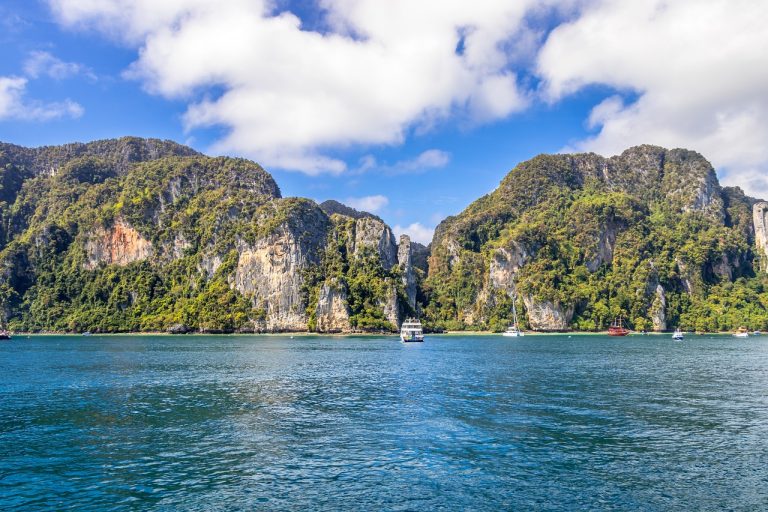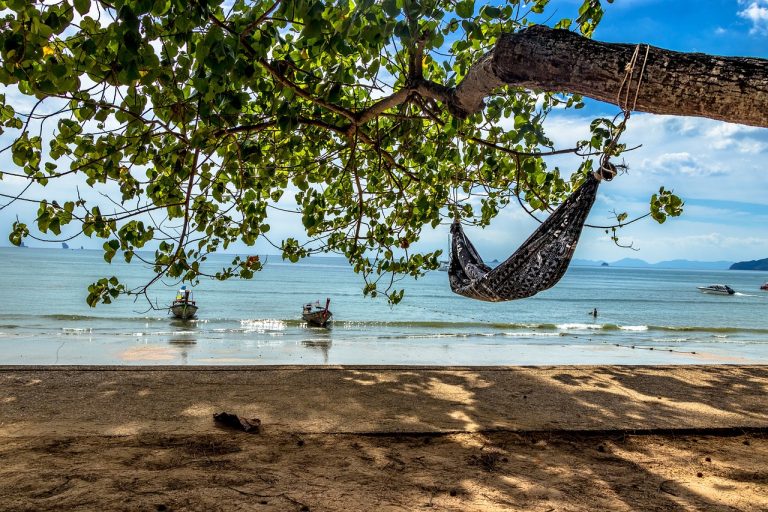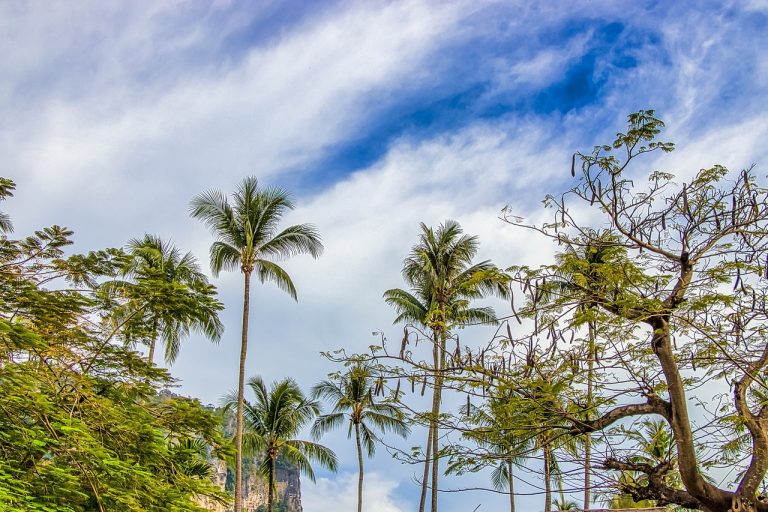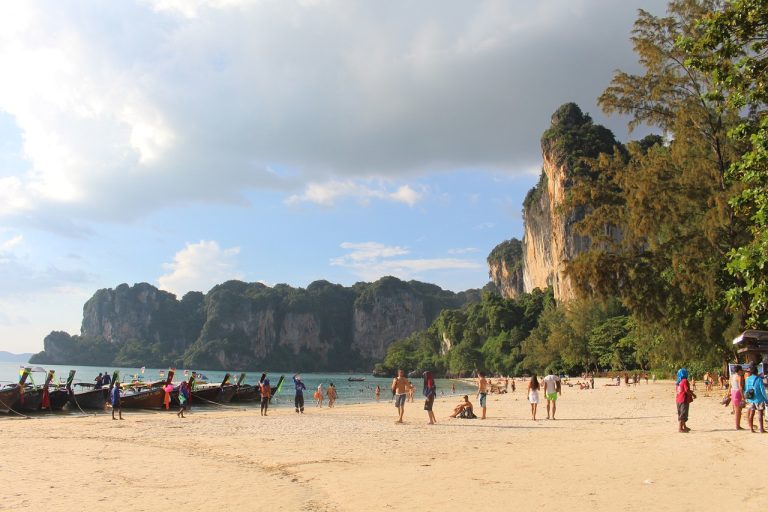Krabi Thailand Video
Social and Cultural Impact of Krabi Thailand
Krabi, located on the western coast of southern Thailand, is a popular tourist destination known for its stunning natural beauty, pristine beaches, and vibrant culture. Over the years, the influx of tourists has had a significant social and cultural impact on the region. This article explores the various aspects of Krabi’s social and cultural transformation, highlighting key attractions, accommodations, and local customs.
Attractions in Krabi
- Phi Phi Islands: These picturesque islands are a must-visit for any traveler to Krabi. With crystal-clear waters, limestone cliffs, and vibrant marine life, Phi Phi Islands offer a paradise-like experience for snorkeling and diving enthusiasts.
- Tiger Cave Temple: Located in the lush jungles of Krabi, the Tiger Cave Temple is a revered Buddhist site. Visitors can climb the 1,237 steps to the top of the temple, where they are rewarded with panoramic views of the surrounding landscapes.
- Emerald Pool: This natural hot spring is nestled within the Khao Phra Bang Khram Nature Reserve. The pool’s mineral-rich waters are believed to have therapeutic properties, attracting visitors seeking relaxation and rejuvenation.

Accommodations in Krabi
- Rayavadee Resort: Situated on the edge of Krabi Marine National Park, Rayavadee Resort offers luxurious villas and exceptional service. Guests can enjoy stunning views, private beaches, and access to various water activities.
- Centara Grand Beach Resort & Villas Krabi: Nestled amidst lush tropical gardens, this 5-star resort provides a tranquil retreat. With its spacious rooms, infinity pools, and direct beach access, it is a popular choice for those seeking a luxurious beachfront experience.
- Pakasai Resort: Located in the heart of Ao Nang, Pakasai Resort offers comfortable rooms, a pool, and a spa. It’s an ideal choice for travelers looking for a mid-range accommodation option with easy access to the town’s amenities.
Local Customs and Traditions
- Wai Greeting: The traditional Thai greeting, known as the “wai,” involves placing your palms together in a prayer-like gesture and bowing slightly. It is a sign of respect and is commonly used when greeting others or expressing gratitude.
- Thai Cuisine: Krabi offers a wide array of local delicacies. From spicy curries to pungent soups, visitors can indulge in the flavors of authentic Thai cuisine. Popular dishes include pad Thai, green curry, and mango sticky rice.
- Thai Festivals: Krabi celebrates various festivals throughout the year, providing visitors with a glimpse into the local culture. The Songkran Festival, for example, is a water festival held in April to celebrate the Thai New Year. It involves water fights and traditional ceremonies.

Environmental Conservation Efforts
- Marine National Parks: Krabi is home to several marine national parks, including Hat Noppharat Thara-Mu Ko Phi Phi National Park and Than Bok Khorani National Park. These protected areas aim to preserve the region’s natural beauty and marine biodiversity.
- Coral Reef Conservation: Krabi has implemented initiatives to protect its coral reefs, recognizing their ecological importance. Visitors are encouraged to practice responsible snorkeling and diving to minimize damage to these fragile ecosystems.
- Community-Based Tourism: Krabi has embraced community-based tourism initiatives, allowing visitors to engage with local communities and support sustainable development. These initiatives promote cultural exchange and economic empowerment.

Impact on Local Economy
- Tourism Revenue: The growth of tourism in Krabi has significantly contributed to the local economy. Revenue generated from accommodations, restaurants, and tour operators has provided employment opportunities and improved living standards.
- Infrastructure Development: The increase in tourist arrivals has led to the development of infrastructure, including airports, roads, and public facilities. These improvements enhance the overall experience for both visitors and locals.
- Preservation of Cultural Heritage: The influx of tourists has also created a demand for authentic cultural experiences. This has encouraged local artisans and performers to preserve and showcase their traditional crafts, dances, and music.
Conclusion
In conclusion, Krabi Thailand has experienced significant social and cultural changes due to its popularity as a tourist destination. The region’s attractions, accommodations, and local customs have been influenced by the influx of visitors. However, efforts in environmental conservation, community-based tourism, and the preservation of cultural heritage have helped maintain a balance between development and sustainability. Krabi continues to enchant travelers while preserving its unique identity.
References
- cityloco.net
- krabithailand.com
- tourismthailand.org







